Hurricane season in the Atlantic doesn’t even start until the first of June but already we have had our first named tropical storm of the year. Over the past week Tropical Storm Arthur formed just south of the Florida Keys and then moved north paralleling the US east coast before brushing Cape Hatteras and finally turning east into the mid-Atlantic. It seems that Arthur is just a preview of what is expected to be a rather active hurricane season.
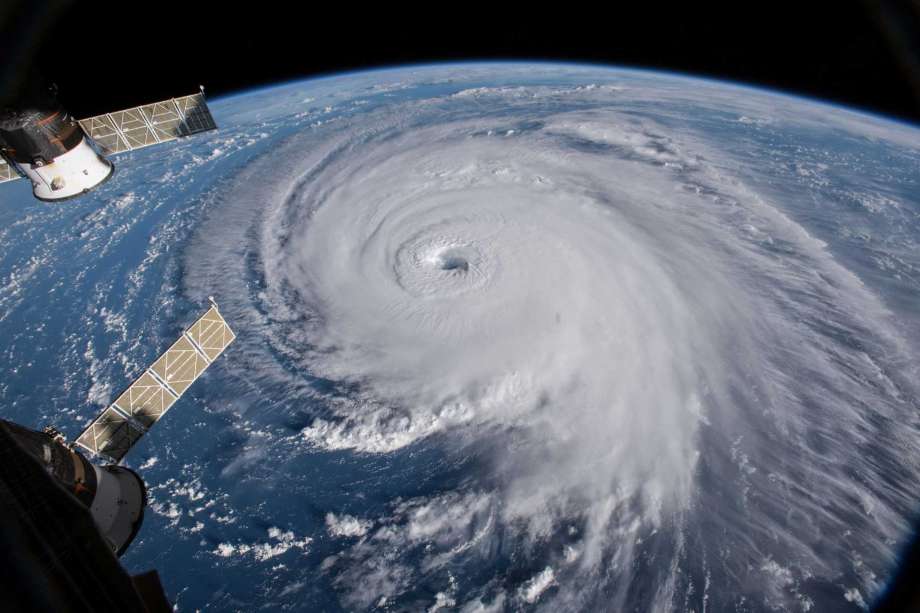
This year’s official hurricane forecast, published by the Colorado State University’s Tropical Meteorology Project calls for 16 named storms of which eight are expected to develop into hurricanes with four of those becoming major hurricanes, category 3 or higher. This prediction is about 33% higher than the average number of storms over the last thirty years but slightly below the actual number of Atlantic storms that occurred last year in 2019.
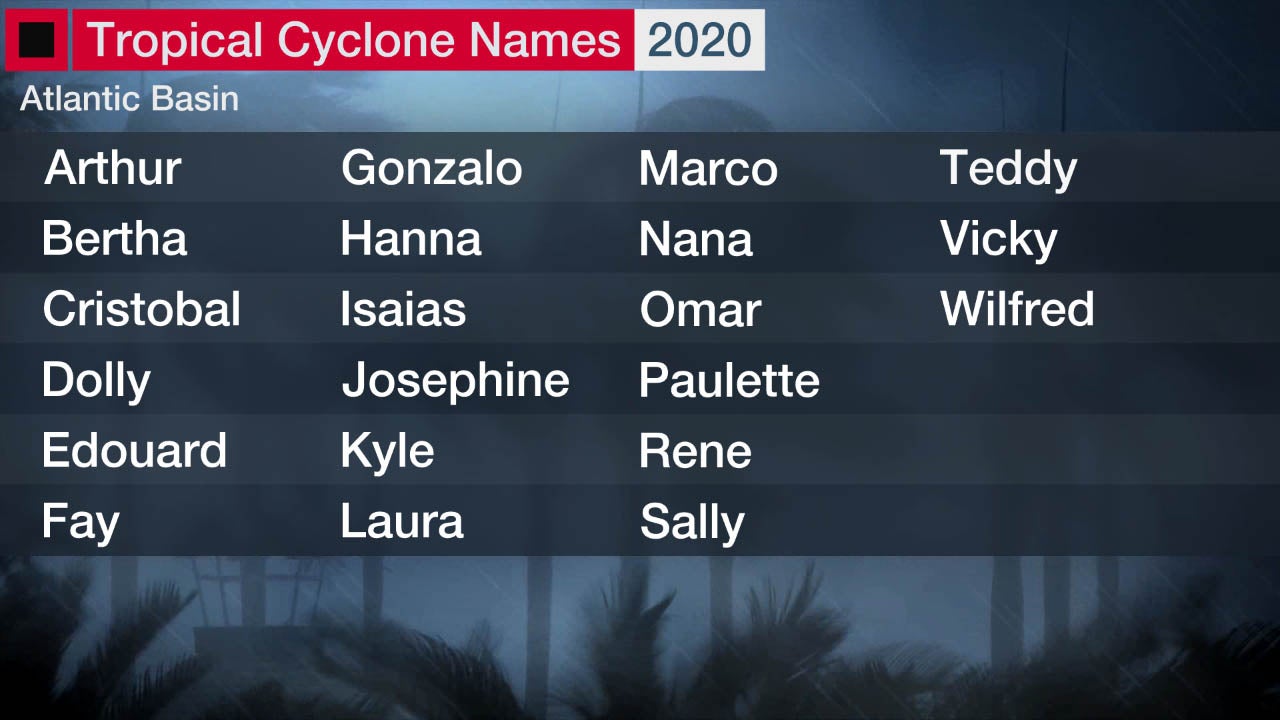
And that’s only the Atlantic Ocean. The Pacific Ocean has already seen one massive Typhoon that caused considerable damage to the Philippines while in the Indian Ocean a large cyclone named Amphan has struck near the Indian city of Calcutta with winds of over 160 kph causing major damage and the loss of close to 100 lives.
By the way Hurricanes, Typhoons and Cyclones are all the same general phenomenon, although many of the details of where they normally form and usually go may vary greatly. The only real difference is the ocean they form in and cause their damage.
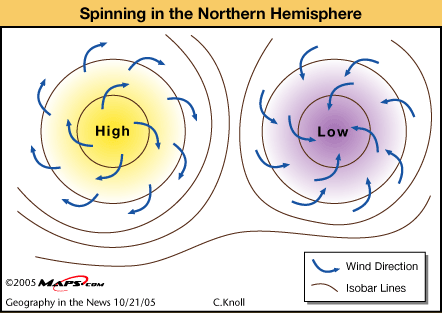
Now a new study from the National Oceanographic and Atmospherics Administration (NOAA) is providing more evidence for the hypothesis that hurricanes and the other kinds tropical storms are slowly getting stronger because global warming. Not each individual storm, they can vary up and down considerably but the average strength of all the storms each year is growing with time.

(I’d like to take a minute here to discuss the controversy over the terms of Global Warming / Climate Change. There are even some deniers out there have even gone so far as to assert that the fact that scientists use two names is proof that it’s all just a hoax. Well I use both terms but not interchangeably, and here is the reasoning behind my choice of which term I will use in a given circumstance. Greenhouse gasses in our atmosphere are raising the temperature of the Earth’s surface, its oceans as well as its atmosphere. That is a direct effect of the greenhouse gasses that I will refer to as Global Warming. Indirect effects such as stronger storms, droughts and floods I refer to as Climate Change that are caused by Global Warming! Got it, the direct effects of greenhouse gasses are Global Warming while the effects of Global Warming, therefore the indirect effects of greenhouse gasses I call Climate Change!)
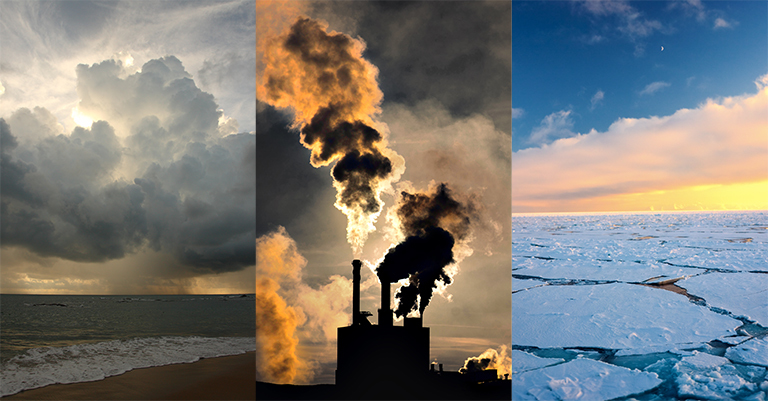
The University of Colorado study was based on data obtained from every Atlantic hurricane over the past 40 years including wind speeds, barometric pressures and storm sizes. Much of the data used in the study, storm size in particular, was obtained from satellite images. According to study lead author James Kossin of NOAA, “our results show that these storms have become stronger on global and regional levels, which is consistent with expectations of how hurricanes respond to a warming world.”
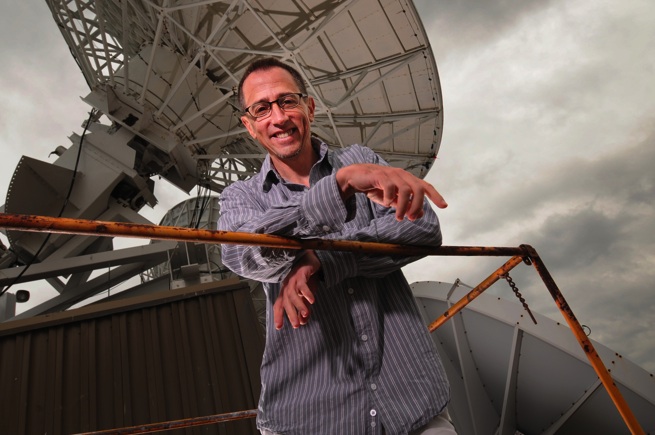
In fact the study details an 8% rise in average storm strength with each decade that has passed. “In other words,” Kossin continued, “during its lifetime a hurricane is 8% more likely to be a major hurricane in this decade compared to the last decade.”
It’s easy to understand how global warming could lead to stronger hurricanes. Warmer air blows at a greater velocity; warmer water evaporates more quickly putting more moisture into those faster winds. In essence warmth is energy and by putting more energy into Earth’s surface global warming is also putting more energy into the storms in Earth’s atmosphere.
So it’s a fair bet that this year’s hurricane season will turn out to be a fraction above average, as will many of the years to come. Then as the decades go by the average will increase until what we now consider an active hurricane season becomes average. And of course when combined with sea level rise, another effect of global warming, those stronger storms can be expected to cause much more damage.
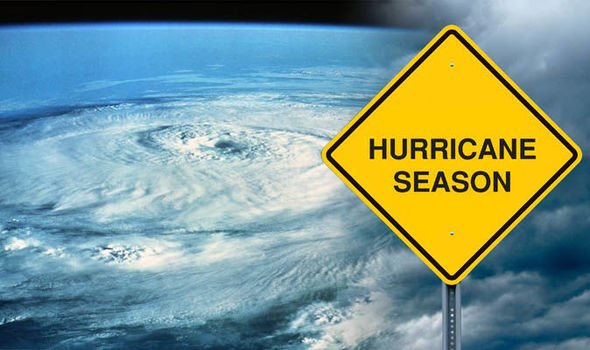
Just one more way in which global warming is making our future look uncertain and bleak.
P.S. I barely managed to publish this post when I saw a weather report that tropical storm Bertha has formed off of the South Carolina coast. That’s two named storms and it’s still another four days BEFORE hurricane season ‘officially’ starts!
